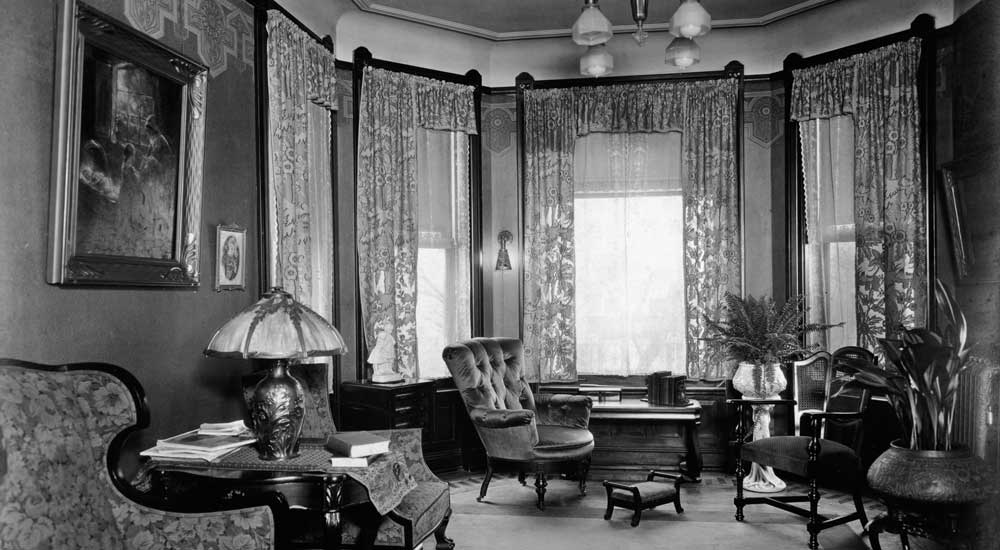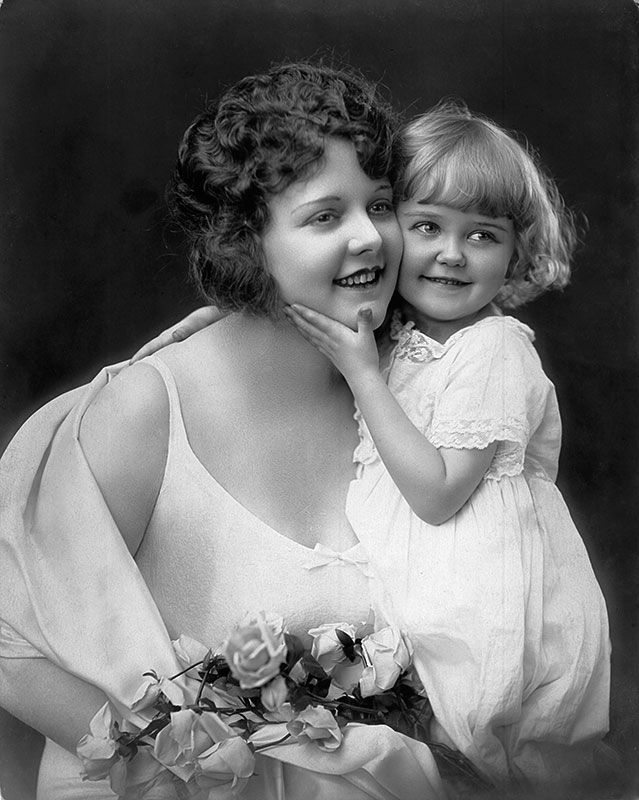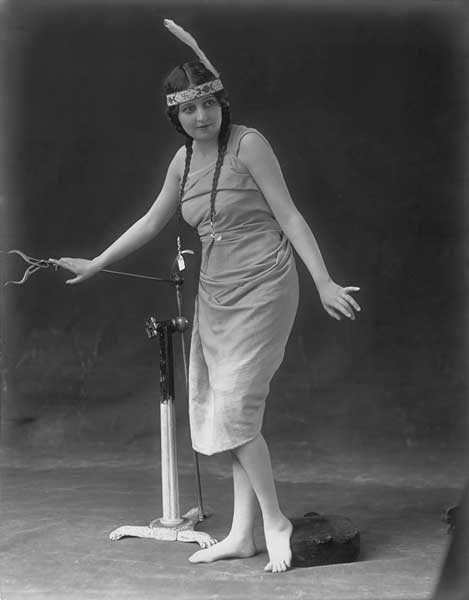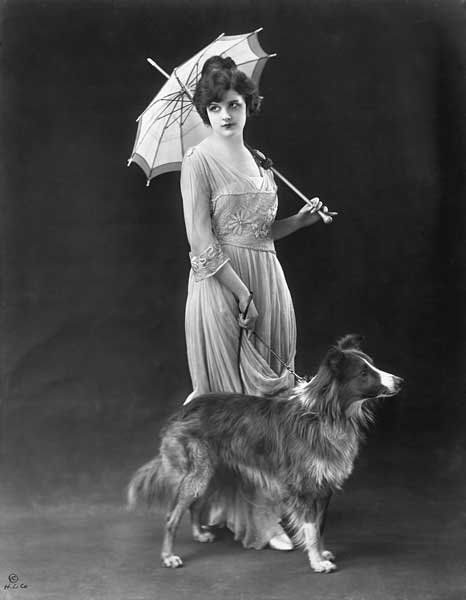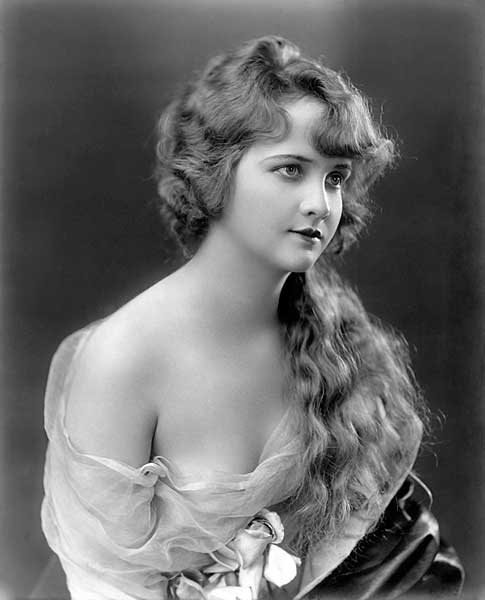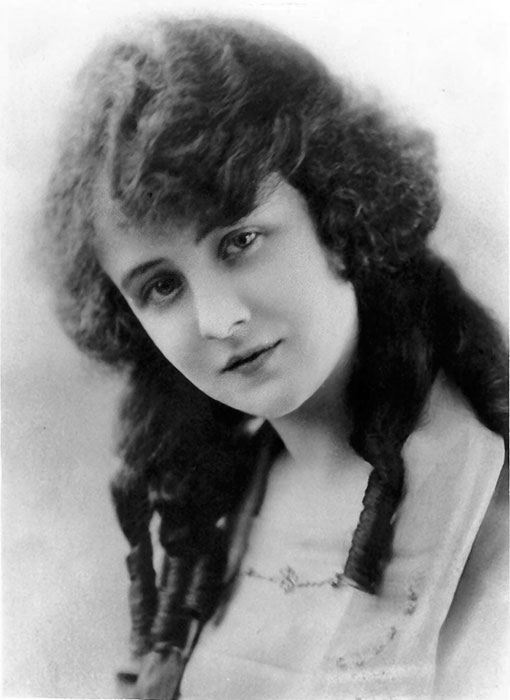Picture 1 of 8
"The model in this circa 1919 photo by Tonnesen is believed to have been Eva Grady (1899-1934), a Ziegfeld Follies dancer. The original photo is owned by the Winneconne (WI) Historical Society. I have this image as a color print on a 1921 calendar.
It appears to me that Ziegfeld Follies dancer Eva Grady, sometimes known professionally as Eva Brady, appeared in some of Beatrice Tonnesen’s work ca. 1918-20. Of course, barring documentation from someone associated with either the model or Tonnesen herself, I’m never completely certain about these things. But here’s how I came to believe that Tonnesen photographed one of Ziegfeld’s glamorous performers.
From about 1915 until about 1920 or so, fashion shows, known then as “style shows,” were very popular in Chicago and in communities throughout the mid-west. I’ve discovered that photos of some of the era’s top artist models, including some whom I believe posed for Tonnesen, as well as famed illustrators such as Henry Hutt, Zula Kenyon, C. Allan Gilbert and others, can be found in the press coverage attendant to these events. A Chicago-based troupe of models would tour the mid-west, modeling each season’s fashions amid much fanfare including lavish parades, talent shows and speeches by local dignitaries. The events often lasted for several days, with daily, photo-filled newspaper features trumpeting them. Several months ago, while searching an online newspaper archive, I came across an item in the September 27, 1919 issue of the Fort Wayne Journal Gazette titled “Fort Wayne’s Great 1919 Style Show.” Beneath the headline were photos of three of the featured models. Two of them were models I’d seen and read about before – Adelyne Slavik and Mae Burns – women I believe to have modeled for Tonnesen. The third model was identified as “Eva McGrady”, and though I’d never run across her name before, her face looked familiar! She looked to me exactly like the woman gazing from a framed portrait that sat on a table in a 1920 photo I’d seen of Beatrice Tonnesen’s studio. A follow-up story on the Fort Wayne Style Show corrected the model’s name to “Eva Grady.” I routinely made a note of both names, attached it to the corresponding Tonnesen photo in my files and forgot all about Eva Grady.
Continue reading →
